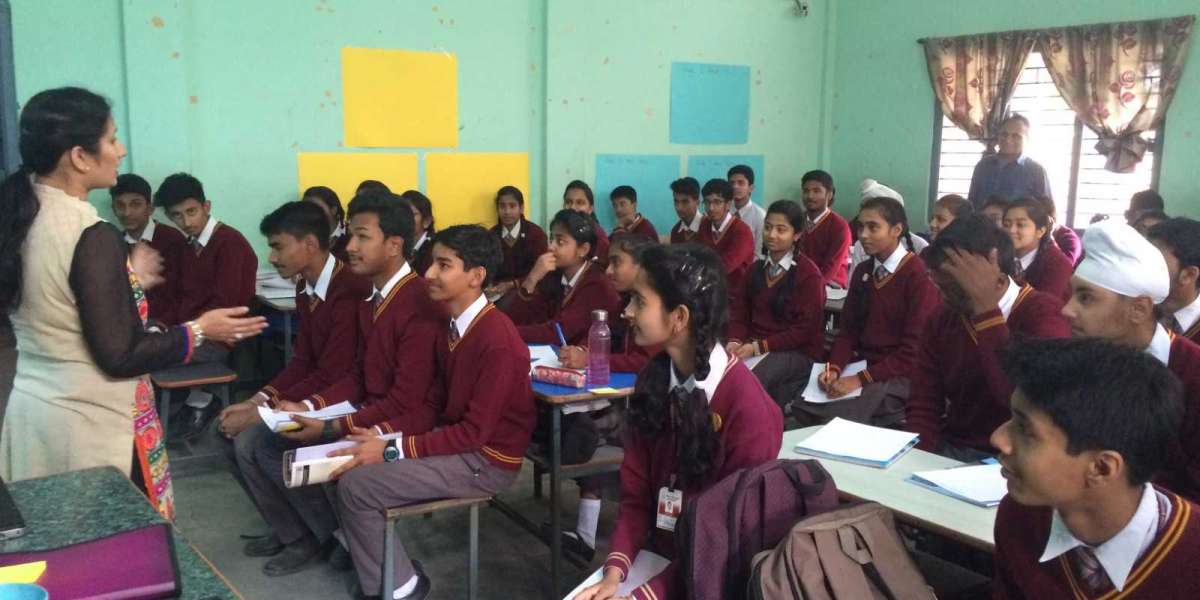Today, India’s economic ascent is a global headline. All thanks to our fast-growing GDP, booming startup eco-system and burgeoning class of wealth creators. However, along with the build-up of this strong economy, we need to beef-up our social spine too. While government spending on social issues and formalising or institutionalizing giving through CSR has brought many impactful results in the social sector development but the contributions from the individual philanthropists is not matching the scale of social challenges in the country.
In a country, where the concept of giving starts from every home and is deeply rooted, we cannot only think of billionaires, massive corporate donations and government welfare schemes when it comes to philanthropy. All across India, individual donors including homemakers, professionals, retirees and students make a significant portion of what we call as individual philanthropy and the potential of their giving is still unlocked.
This is evident from the recent Indian Philanthropy report 2024 by Dasra and Bain Company. Let’s know more about this by analysing the facts.
Indian Philanthropy report 2024:
According to the report, the total social sector spending in India stood at around 23 lakh crores (8.3% of GDP) in FY2023, growing at a robust rate of 13%. However, despite these impressive numbers, we still lag behind the NITI Aayog’s target by 15 lakh crores. The NITI Aayog’s estimated spending to achieve 17 UN Sustainable Development Goals (SDG) goals 2030 stood at 13% of GDP and we are still falling short of 4.7%.
The interesting fact is that out of this total spending, 95% constitute that of public sector and only 5% is that from private sector funding. Though the private philanthropy has grown to 1.2 lakh crores, showing a growth rate of 10% in FY 2023, this growth is majorly fuelled by family philanthropy and retail sector. In family philanthropy too, more than 60% growth was from concurrent UNHI (ultra-high net worth individuals) donors.
From April 2020 to March 2023, the number of UNHI philanthropists in India has grown from 100 to 120. Among them 70 are consistently donating wile 50 donated sporadically.
Meanwhile the number of HNIs and affluent individuals is expected to reach 1.7 million in the next five years contributed to a total worth of $5.6 trillion. However, the philanthropic activity by this class which constitute 22 percent of the India’s private philanthropy increased by 7% in the FY 2023.
According to the data, the affluent individuals and HNIs have more tendency to give than UNHIs as the prior spend around 0.7% of their net worth in social sector spending as compared to 0.1% of the latter.
The data clearly reveals that if this untapped class of philanthropists contributes strategically towards the social causes, it can play a catalytic role at the intersections of government, community, civil society and businesses.
If we can mobilize even a small fraction of their capital strategically, we can get profound results. For this, it is essential that individuals must look at giving as a responsibility tied to the purpose of solving problems rather than as charity. Though this kind of shift has already started but we need to accelerate it.
Reasons behind low giving by Individuals:
- Majority of wealth in India lies with traditional communities who are deeply ritualistic and believes in contributing to religious cause rather than public ones.
- “Whom to trust” is the major challenge with these individual families. There is no lack when it comes to retail donors, we cannot doubt their generosity as it was evident at the time of COVID pandemic but their questions remain the same. Are seekers genuine? will they invest our money in good work? etc.
- Compliance to different rules and regulations also contributes to this capability gap of individuals or organizations. Fulfilling these compliances is neither easy nor cheap.
The solutions:
Data suggests that generally only 10 % of the giving from individuals/retail reaches the organisations which are focused on problem solving. To increase the social impact of these giving, we need to create a better infrastructure or platforms like TrueGiv which can offer a simple, transparent way to fund money to social causes.
Recently, the government of India also set up India’s Social Stock Exchange for this purpose only. This novel concept, is becomes successful, can enable donors to support verified social organizations through their everyday financial behaviour.
There is a need to demand side of the equation by planting leadership and organizational leadership in this area. In India, the world-class social entrepreneurs are often constrained in giving due to professional fundraising talent in India. Working on this part can help extract more funds from individual philanthropists as the professionals can help them navigate where and how to give.
With the evolving philanthropic landscape in India, the non-profit organisations must also diversify their reach. Rather than just focusing on institutional sources and corporates, they much embrace individual donors too. With the right strategy, NGOs can unlock sustainable and long-term funding and can create a community of committed donors.
A new generation of philanthropists is emerging
Encouragingly, we are witnessing a new generation of bold and intentional philanthropists in recent years, these are Now-Gen and Inter-gen. Now-Gen are professionals and entrepreneurs who have first-generation wealth while Inter-Gen are individuals from the current generation of traditional family philanthropists. This new cohort of philanthropists are changing their outlook towards historic funding preferences and are willing to get involved in emerging causes such as climate change; gender, equity, diversity, and inclusion (GEDI).
These new givers are open to adopting catalytic ways of giving: willingness to share insights, unrestricted funding, and collaborative funding. This newly changing behaviour of funders can lead to a positive directional shift in philanthropy. These cohorts will be an excellent opportunity for the global philanthropists who wishes to partner in India as they understand local systems and are open to collaborate.
Similarly, in contrast to historical data where women philanthropists have a smaller share; recently, women-led family philanthropy is also gaining prominence.
A call to action:
In India, we are at the cusp of a drastic change and in this, the role of individual donors remains critical. In our country, it’s not about the wealth and the will but we need donors who are more purposeful, informed and engaged. The right philanthropy is not just about signing cheques; it’s about sharing a common mission and fulfil it with trust and transparency. There is a need for collective awakening so that we all can feel the common reasonability of solving country’s most pressing problems including, health, education hygiene and to act towards it.








